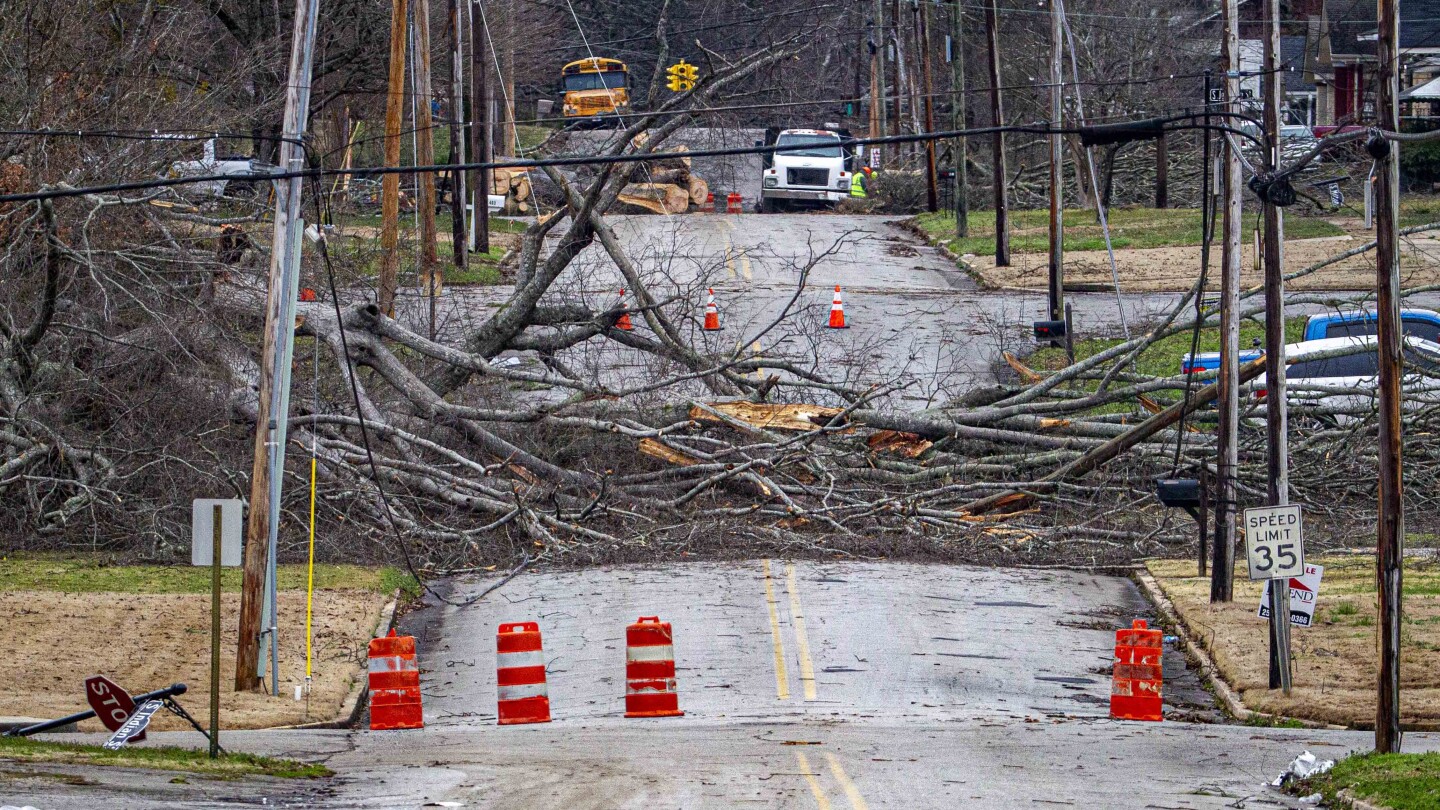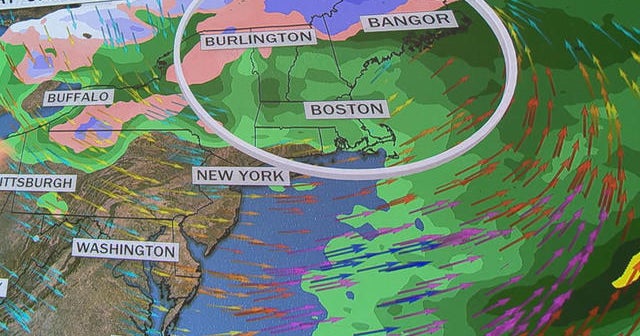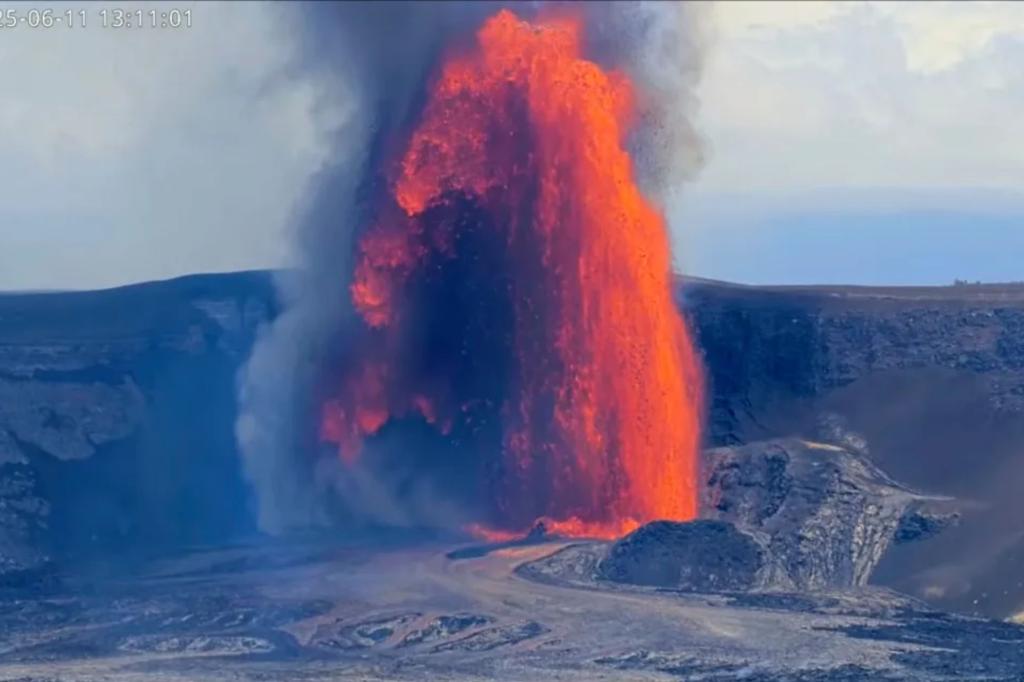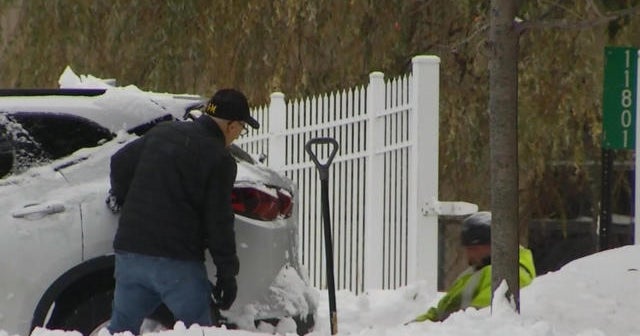Polar Vortex Unleashes Life-Threatening Cold Across the U.S.
As the polar vortex sweeps across the United States, residents are bracing for life-threatening cold temperatures, following a weekend marked by deadly flooding. This extreme weather phenomenon is causing significant concern among meteorologists, public health officials, and infrastructure experts. With the potential for severe health impacts and damage to essential services, understanding the polar vortex and its effects is crucial for the safety and preparedness of communities nationwide.
What is the Polar Vortex?
The polar vortex is a large area of low pressure and cold air surrounding the Earth’s poles. During winter months, it can become unstable, allowing frigid air to escape from the Arctic and plunge southward into the United States. This phenomenon often leads to extreme cold snaps, severe winter weather, and can even disrupt normal weather patterns across the globe.
Typically, the polar vortex remains contained in the Arctic regions. However, when it weakens or shifts, it can create a “break” in the vortex, allowing arctic air to surge southward. This is precisely what is occurring now as the polar vortex unleashes life-threatening cold across the U.S.
The Recent Weekend Flooding
Before the arrival of the polar vortex, many parts of the U.S. experienced significant flooding over the weekend. Heavy rainfall, coupled with rapidly melting snow, created a perfect storm for flash floods in several states, particularly in the Midwest and Northeast regions. Reports indicate that some areas received more than three inches of rain within a short period, overwhelming drainage systems and causing rivers to overflow.
The aftermath of the flooding has been devastating. Residents faced not only property damage but also hazardous conditions that could worsen as temperatures drop sharply.
- Increased Risk of Hypothermia: With temperatures plummeting due to the polar vortex, individuals exposed to the cold are at greater risk of hypothermia, especially those who were displaced by flooding.
- Infrastructure Damage: Flooding can compromise infrastructure, leading to burst pipes and power outages, which can be life-threatening in extreme cold.
- Health Impacts: The combination of flooding and severe cold raises concerns about respiratory illnesses and other health problems, particularly among vulnerable populations.
Health Risks Associated with Extreme Cold
As the polar vortex sets in, health experts are warning of several potential health risks:
- Hypothermia: This condition occurs when the body loses heat faster than it can produce it, leading to dangerously low body temperatures. Symptoms include shivering, confusion, and fatigue.
- Frostbite: Prolonged exposure to extremely cold temperatures can cause frostbite, especially on extremities like fingers, toes, and ears. It’s crucial to recognize the signs early, which include numbness and discoloration of the skin.
- Exacerbation of Chronic Conditions: Cold weather can worsen chronic health conditions, including asthma and cardiovascular diseases. People with these conditions should take extra precautions during cold snaps.
Preparing for the Polar Vortex
Preparation is key to minimizing the impacts of the polar vortex. Here are some essential steps individuals and families can take:
- Stay Informed: Regularly check weather updates and forecasts. Local news outlets and the National Weather Service provide valuable information about impending weather conditions.
- Winterize Your Home: Ensure your home is prepared for extreme temperatures. This includes insulating pipes, sealing windows and doors, and having a backup heating source in case of power outages.
- Emergency Kit: Assemble an emergency kit that includes blankets, food, water, medications, and a flashlight. This kit can be vital if you lose power or become stranded.
Community Support and Resources
In times of extreme weather, community support can be a lifeline. Local organizations, charities, and government agencies often mobilize to provide assistance to those in need. Residents should familiarize themselves with available resources, including:
- Shelters: In areas affected by flooding, shelters may be set up to help displaced individuals and families. Knowing their locations can be crucial.
- Heating Centers: Many communities open warming centers during extreme cold events to provide a safe space for those without adequate heating in their homes.
- Health Services: Local health departments may offer free clinics or health services to address cold-related illnesses and injuries.
The Impact on Infrastructure
The combination of flooding and freezing temperatures poses a significant risk to infrastructure. Roads can become treacherous, and public transportation can be disrupted. Here’s how communities can mitigate these risks:
- Regular Maintenance: Municipalities should prioritize the maintenance of drainage systems and roadways to prevent flooding and ensure safe travel during cold weather.
- Public Awareness Campaigns: Educating residents about the risks associated with severe weather can improve community resilience and safety.
Conclusion: Braving the Storm Together
The polar vortex may bring life-threatening cold, but with the right preparation and community support, residents can navigate this challenging weather. As we face the dual challenges of flooding and extreme cold, it is essential to stay informed, look out for one another, and take proactive steps to protect health and safety. Together, we can weather the storm and emerge stronger on the other side.
See more Your Daily Weather



